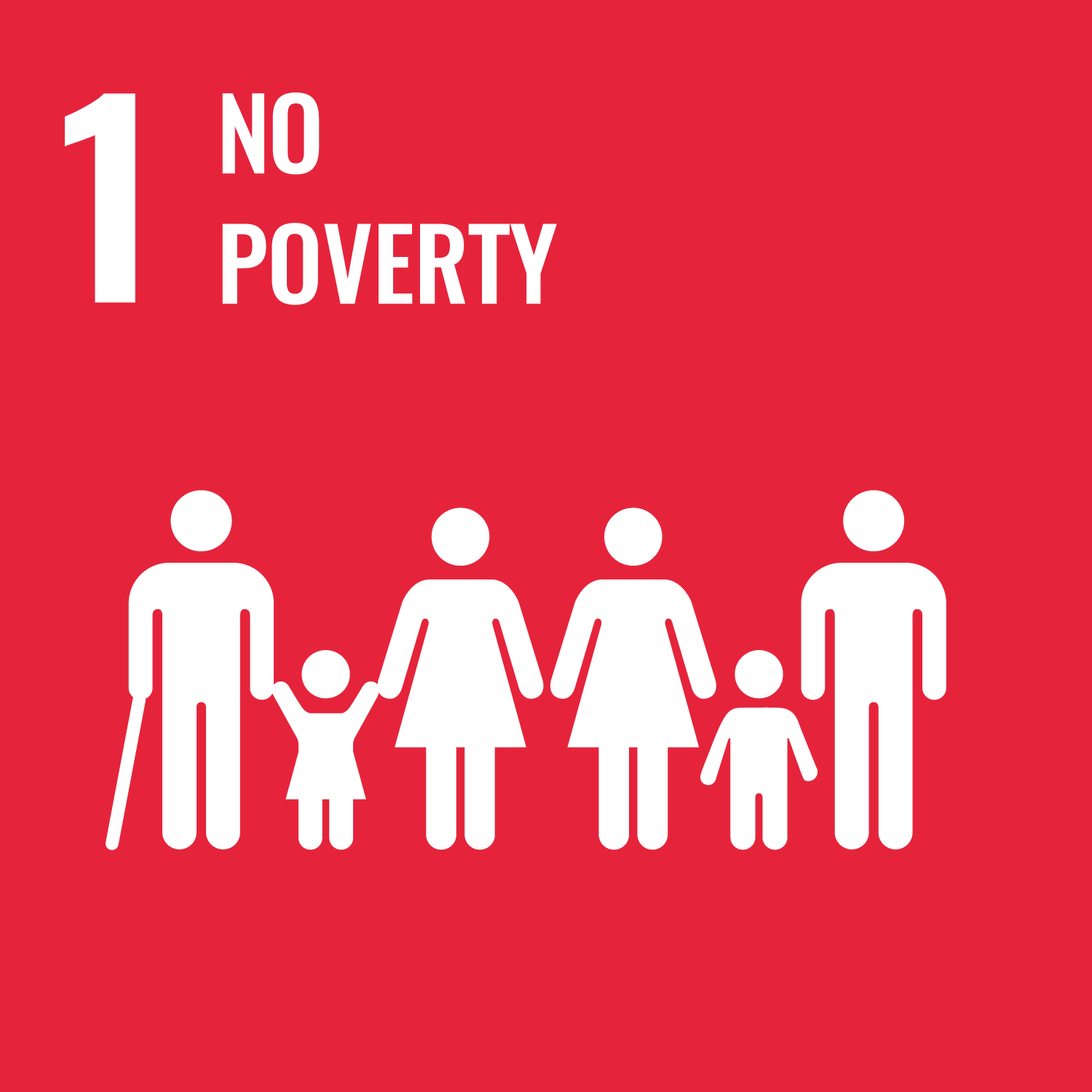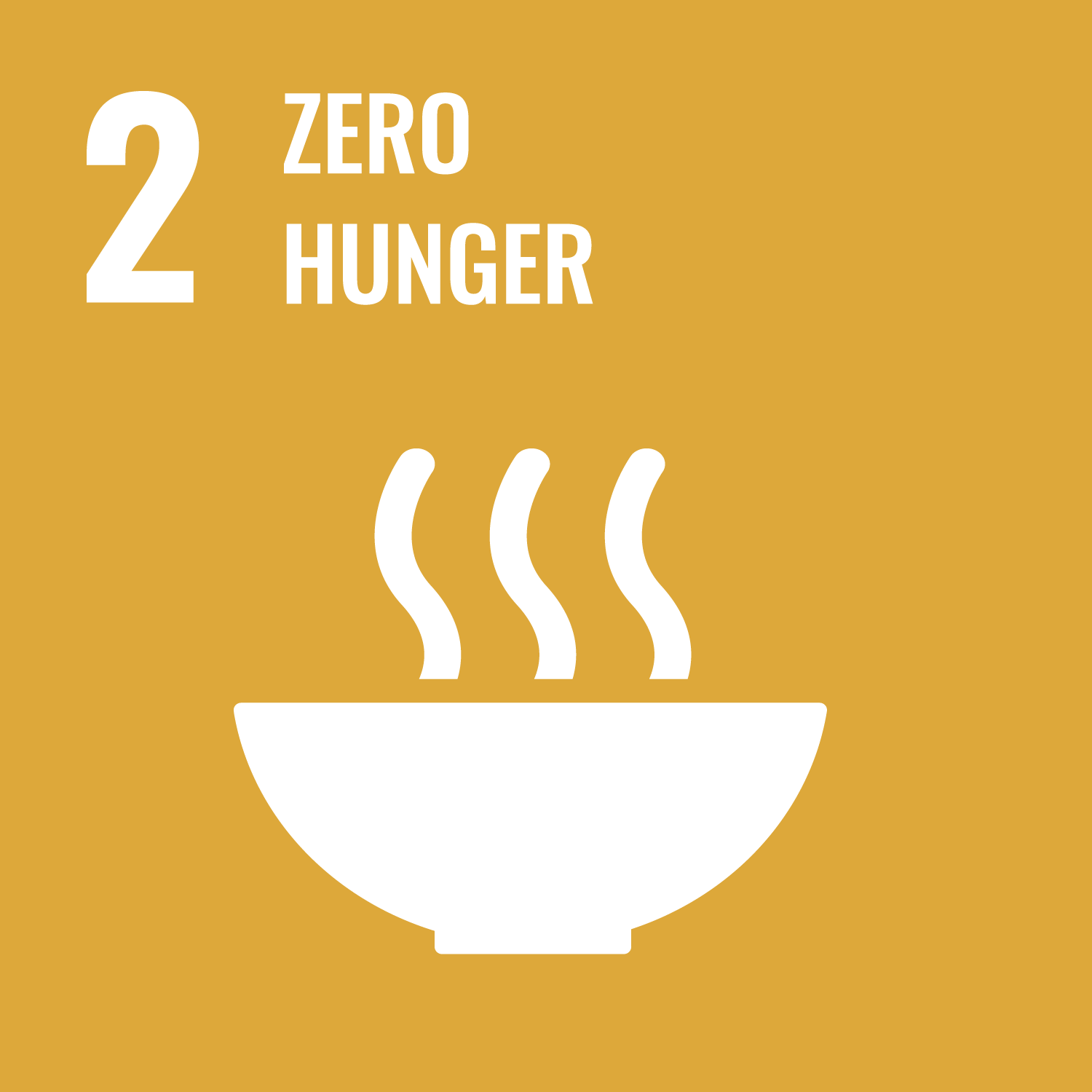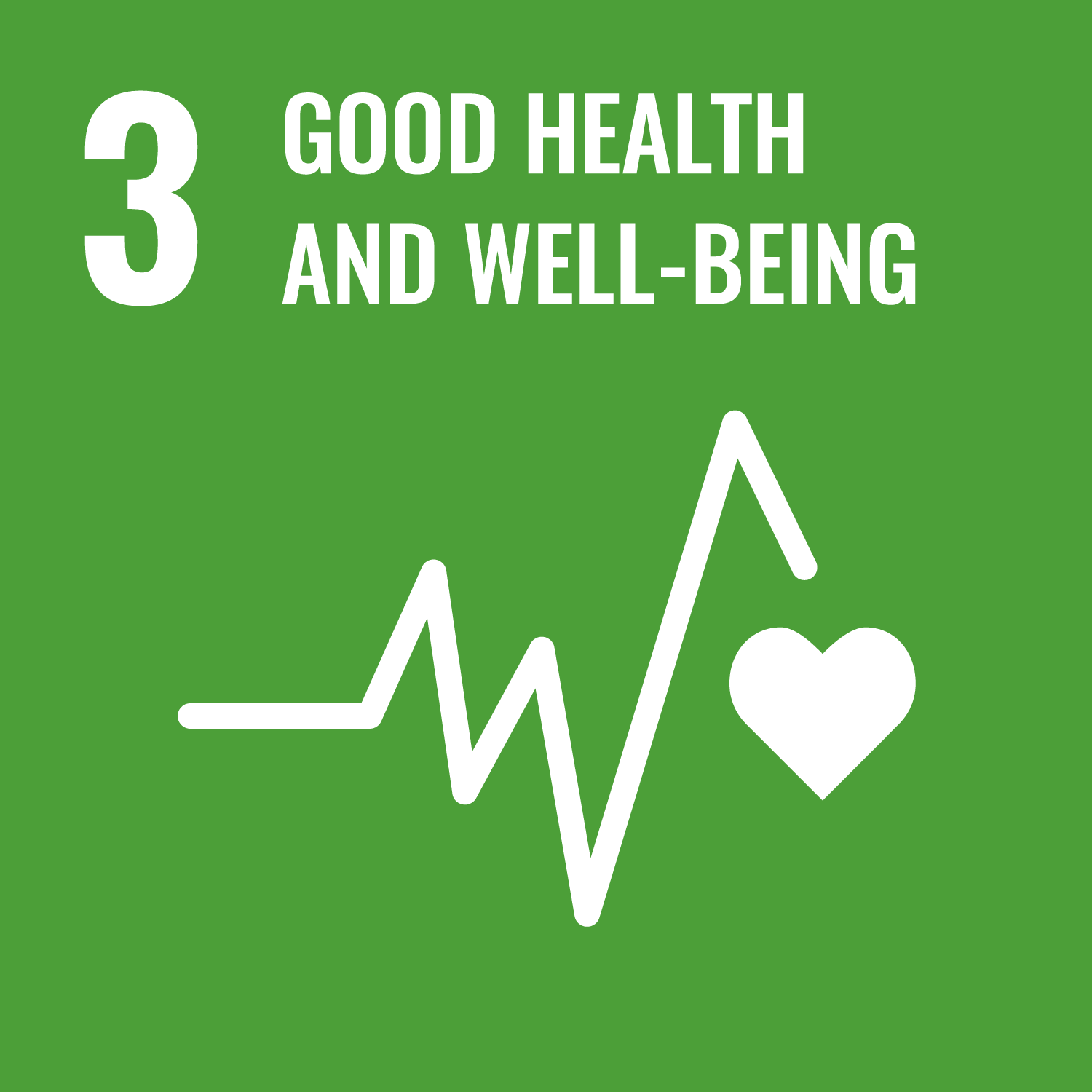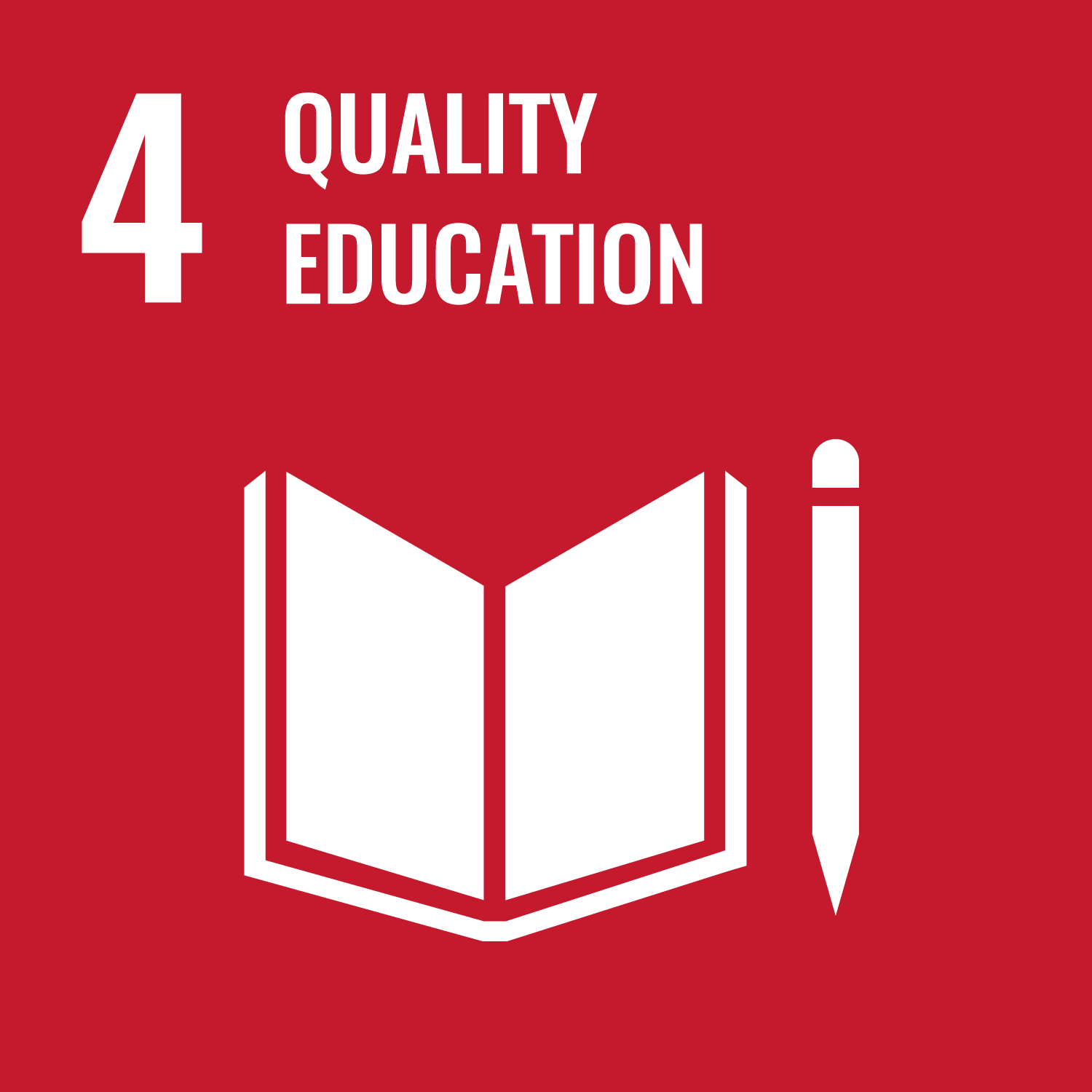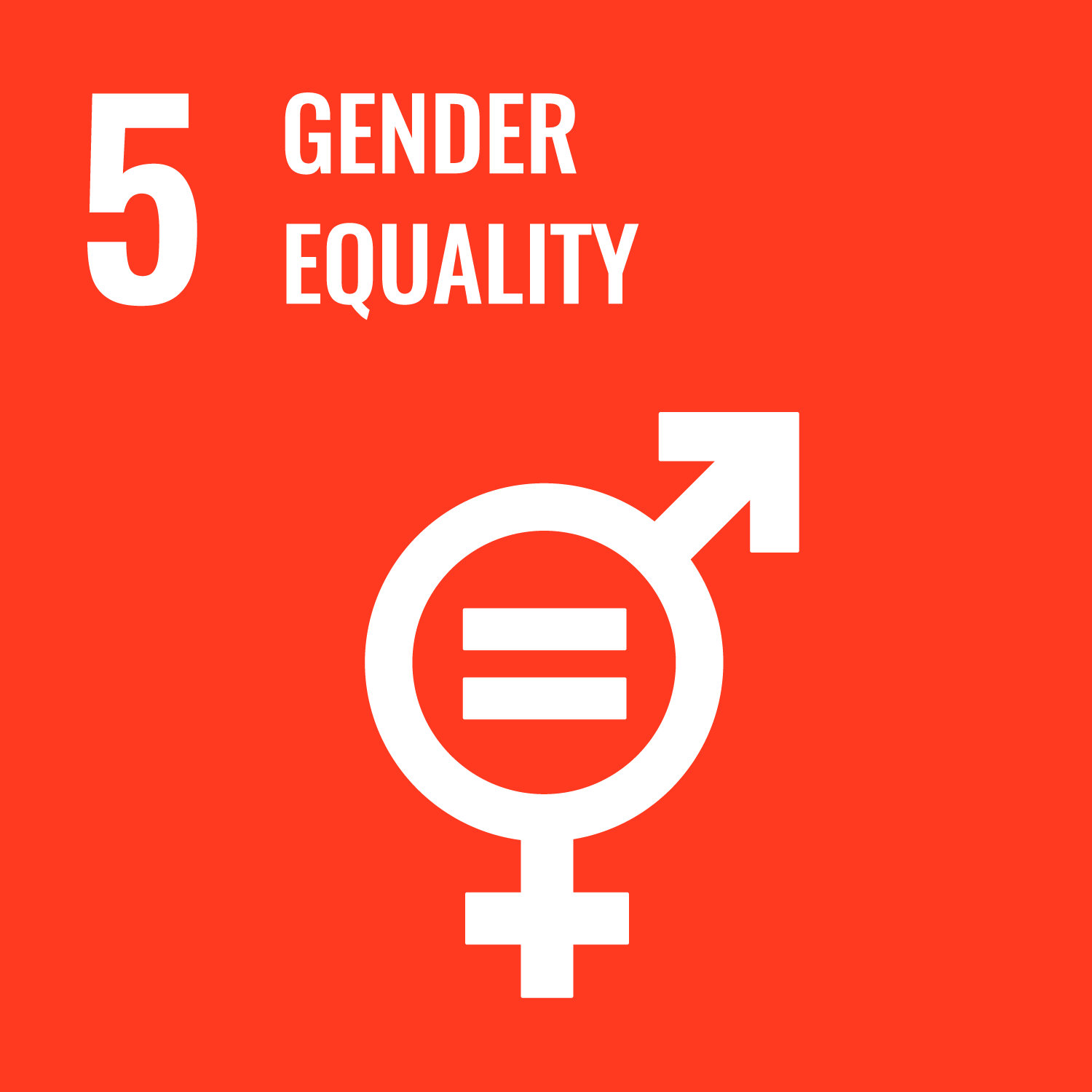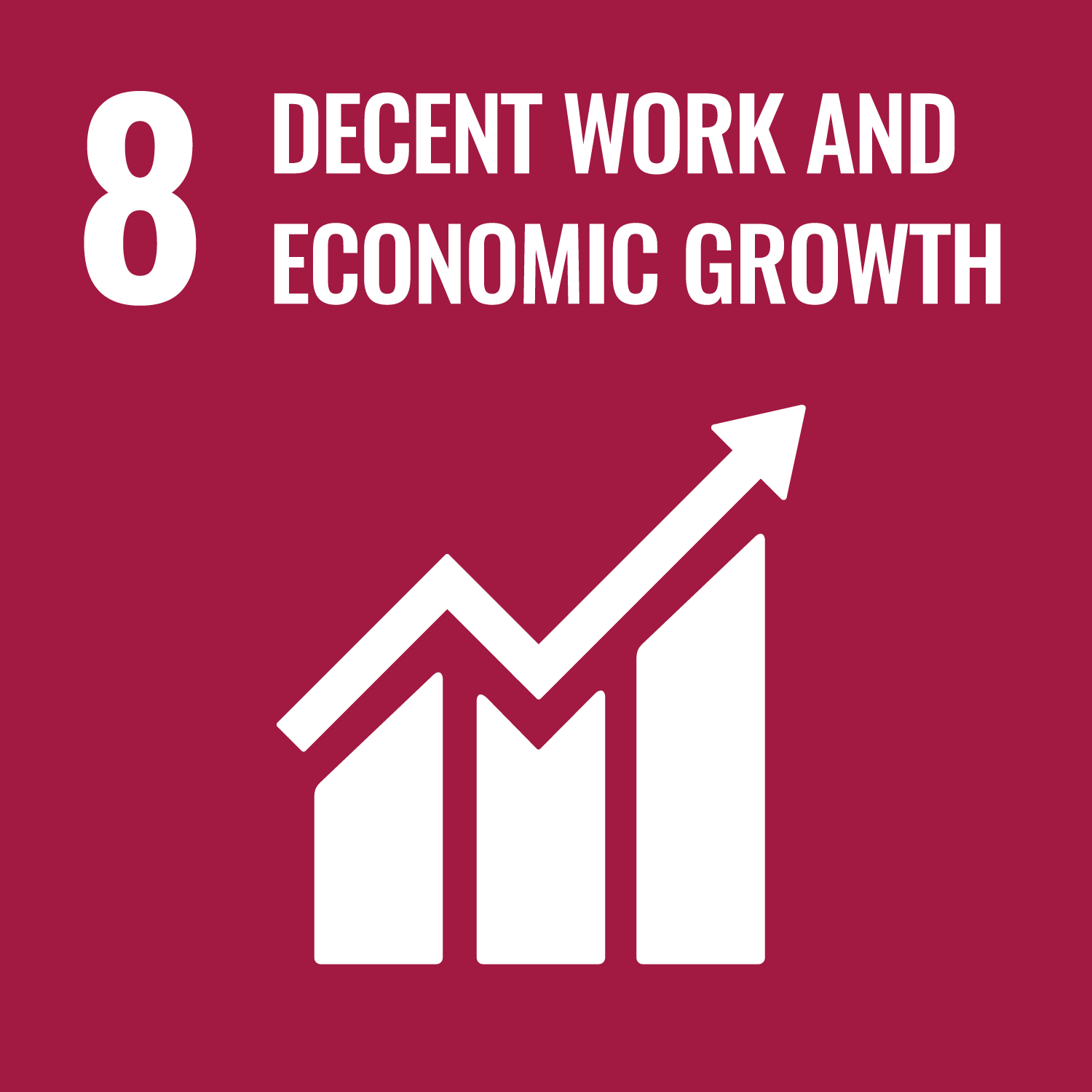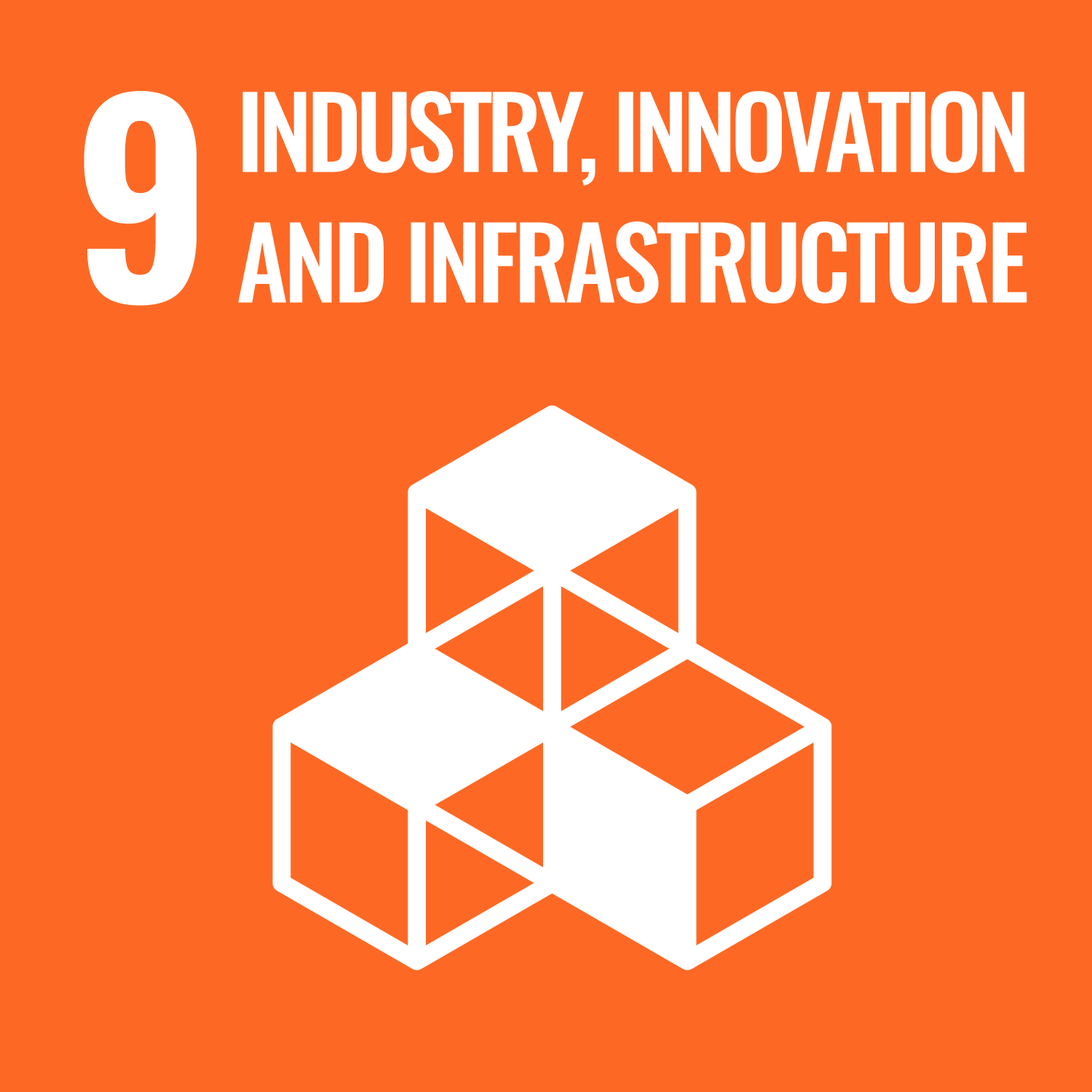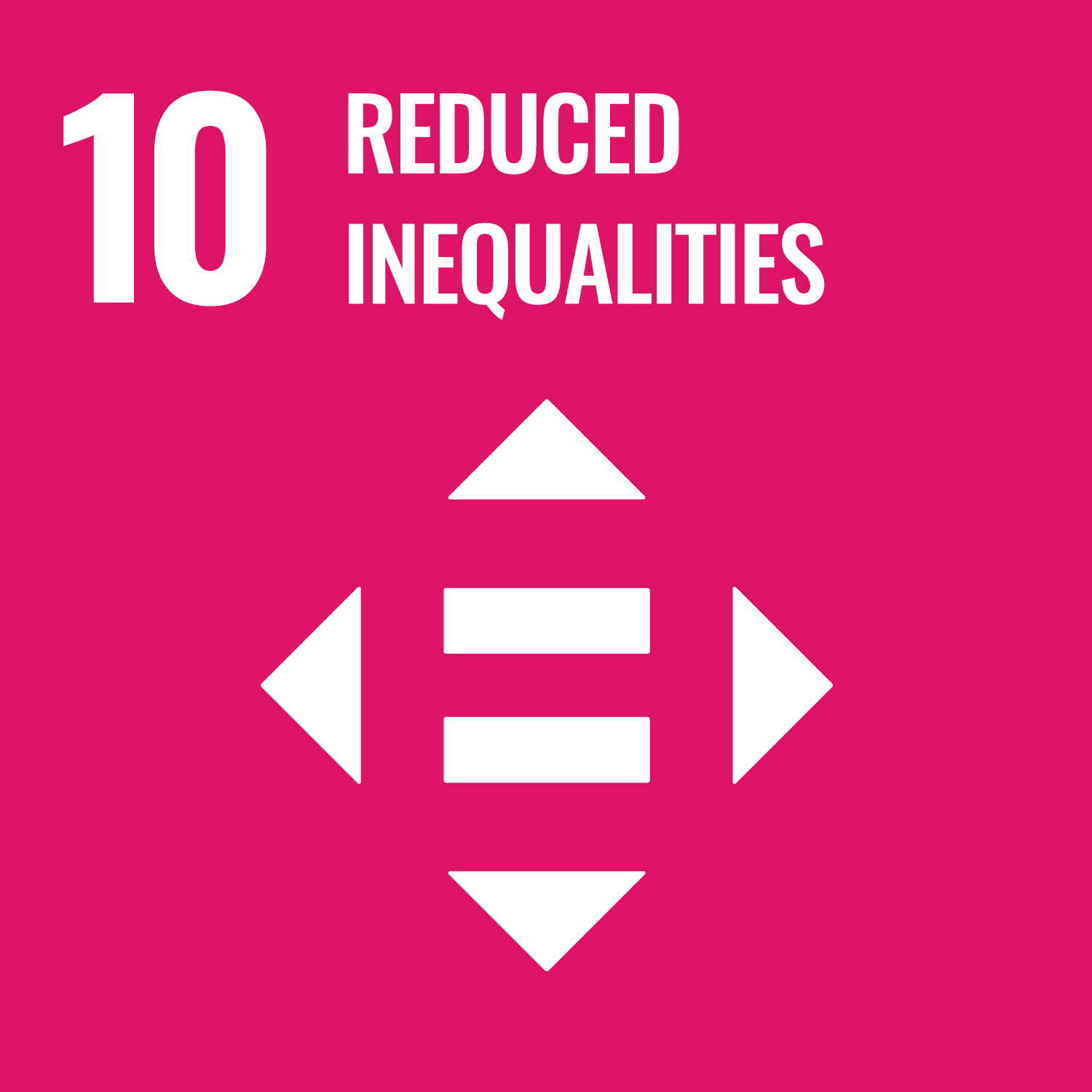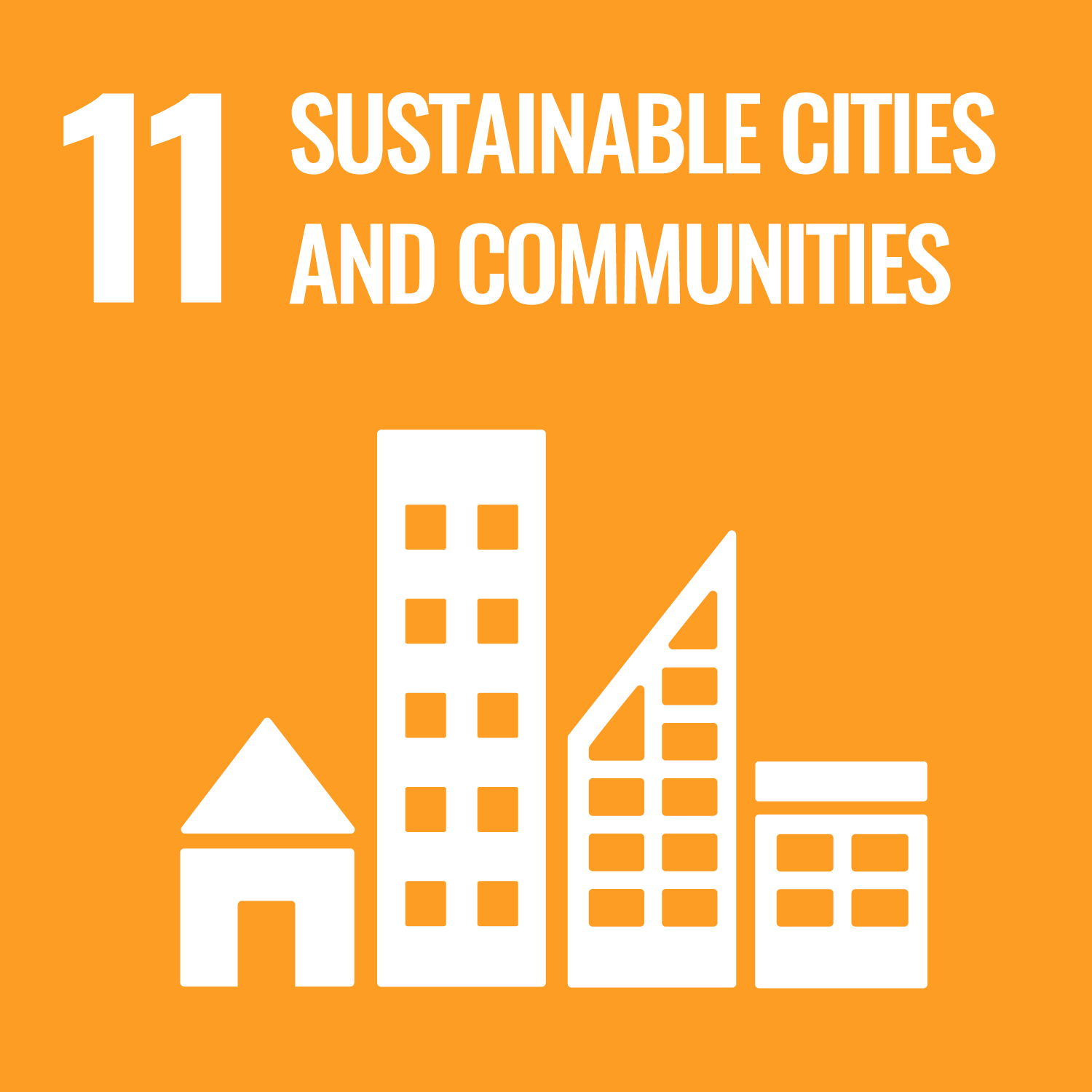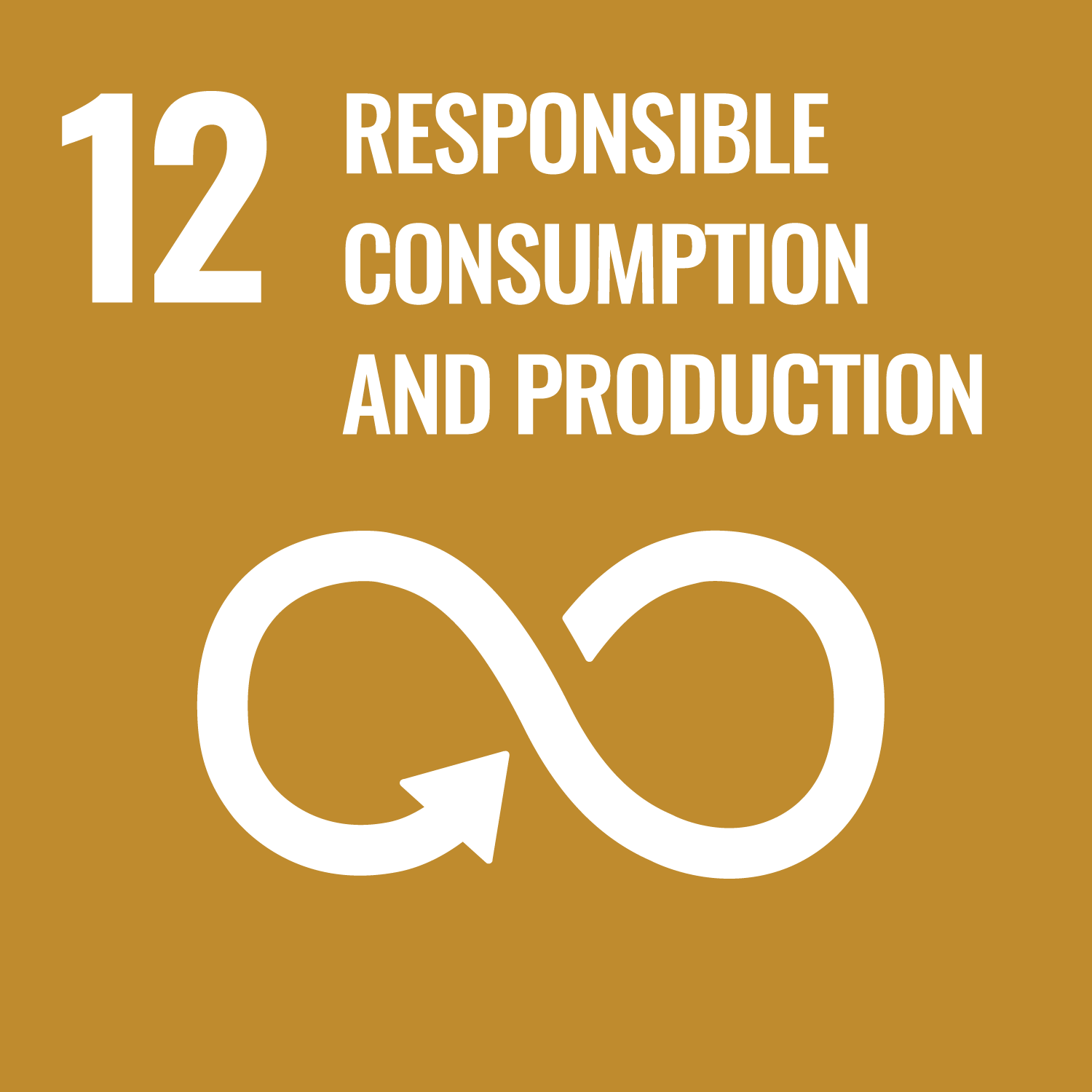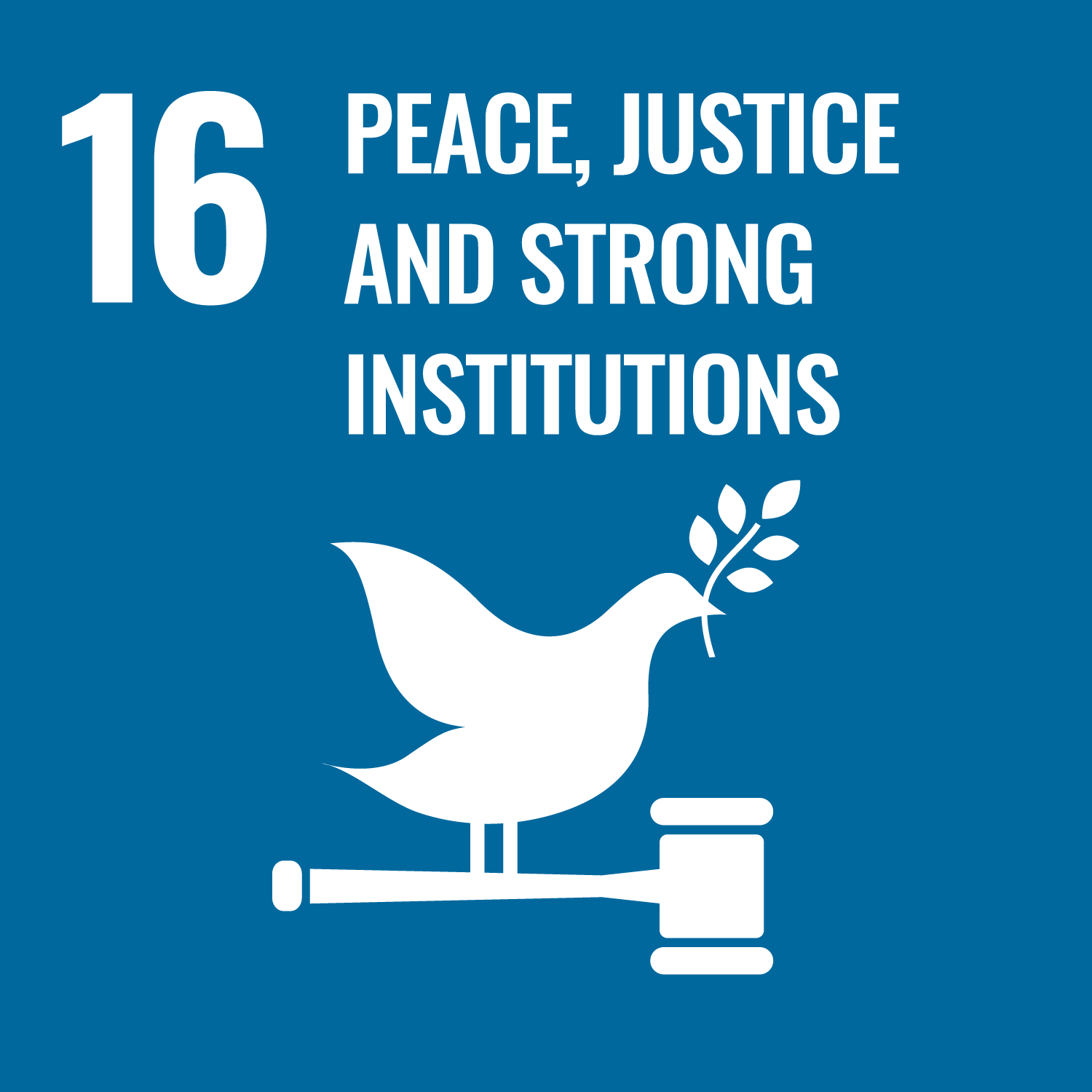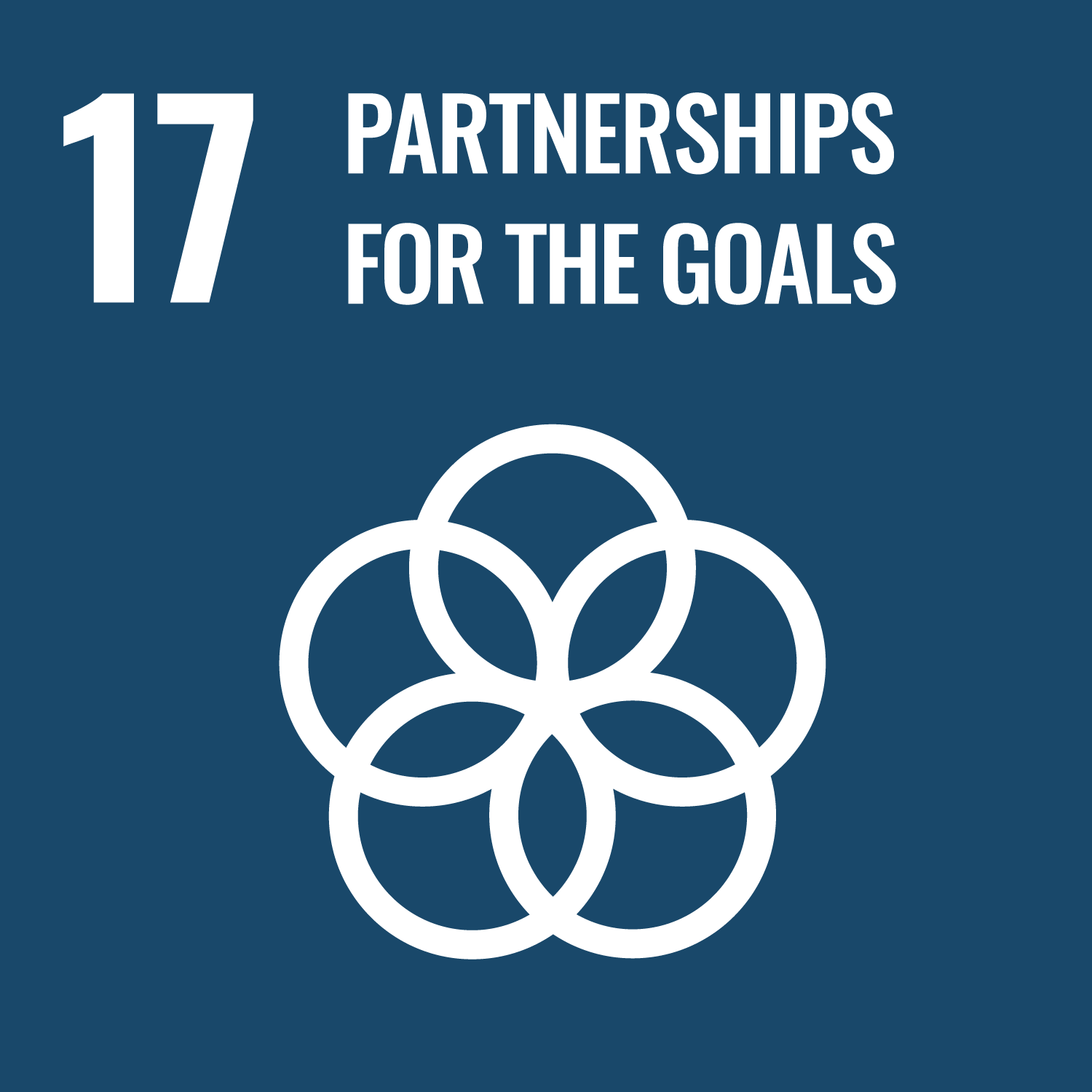Country Guidance in Asylum Cases: Approaches in the UK and Sweden
The fundamental issue in asylum adjudication has been described as ensuring that those at risk of persecution on their return are afforded the protection to which they are entitled under international and national law, while preventing those who are not at risk from exploiting the asylum process as an alternative route of entry. Information on the situation in a particular country or region is essential both for judging the objective risk of harm upon return for the asylum seeker and the assessment of the claimant’s narrative. Judges and decision makers therefore need to have access to detailed, reliable and up-to-date information. It is equally important that they do not reach dramatically different conclusions on the same material as this would jeopardise the predictability of decision making, rendering it arbitrary and unfair. The manner in which guidance is provided on how questions of law and fact are to be interpreted in order to achieve consistency and predictability varies between countries, depending on their legal systems and traditions. In the United Kingdom, a system of Country Guidance cases has developed which provides guidance on the situation in a particular country or region. This is to a large extent binding on similar cases. In Sweden as well as in many other European countries, there is no similar system. In this working paper, it is discussed how the matter of country guidance is approached in Sweden and the United Kingdom respectively. It is suggested that for a system of country guidance cases to be introduced not only does a number of practical requirements need to be fulfilled; it is equally necessary that providing guidance on matters of fact rather than on purely legal matters is a task accepted and embraced as such by the courts and one that is considered compatible with the legal tradition of the country in question.
| Item Type | Discussion or working paper |
|---|---|
| Keywords | country guidance, asylum, legal culture, legal certainty, Sweden, United Kingdom, refugee, law |
| Subjects |
Human Rights & Development Studies Law |
| Divisions |
Human Rights Consortium Institute of Commonwealth Studies Refugee Law Initiative |
| Date Deposited | 07 Oct 2013 13:26 |
| Last Modified | 06 Aug 2024 00:23 |
